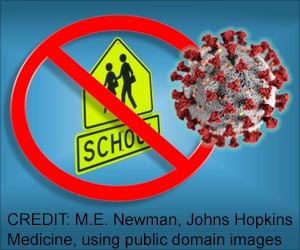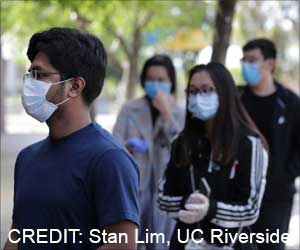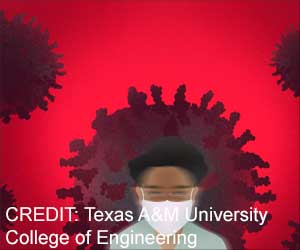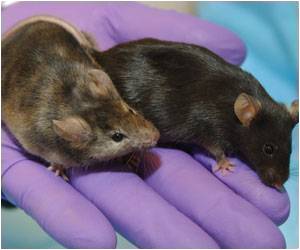Masks prevent direct exposure of aerosols and a proper ventilation system in combination with a good air filter reduces covid-19 infection risk by 40 to 50%.

‘Masks prevent direct exposure of aerosols and a proper ventilation system in combination with a good air filter reduces covid-19 infection risk by 40 to 50%.’





"The research is important as it provides guidance on how we are understanding safety in indoor environments," says Michael Kinzel, an assistant professor in UCF's Department of Mechanical and Aerospace Engineering and study co-author."The study finds that aerosol transmission routes do not display a need for six feet social distancing when masks are mandated," he says. "These results highlight that with masks, transmission probability does not decrease with increased physical distancing, which emphasizes how mask mandates may be key to increasing capacity in schools and other places."
In the study, the researchers created a computer model of a classroom with students and a teacher, then modeled airflow and disease transmission, and calculated airborne-driven transmission risk.
The classroom model was 709 square feet with 9-foot-tall ceilings, similar to a smaller-size, university classroom, Kinzel says. The model had masked students -- any one of whom could be infected-- and a masked teacher at the front of the classroom.
The researchers examined the classroom using two scenarios -- a ventilated classroom and an unventilated one -- and using two models, Wells-Riley and Computational Fluid Dynamics. Wells-Riley is commonly used to assess indoor transmission probability and Computational Fluid Dynamics is often used to understand the aerodynamics of cars, aircraft and the underwater movement of submarines.
Advertisement
Additionally, a ventilation system in combination with a good air filter reduced the infection risk by 40 to 50% compared to a classroom with no ventilation. This is because the ventilation system creates a steady current of air flow that circulates many of the aerosols into a filter that removes a portion of the aerosols compared to the no-ventilation scenario where the aerosols congregate above the people in the room.
Advertisement
"If we compare infection probabilities when wearing masks, three feet of social distancing did not indicate an increase in infection probability with respect to six feet, which may provide evidence for schools and other businesses to safely operate through the rest of the pandemic," Kinzel says.
"The results suggest exactly what the CDC is doing, that ventilation systems and mask usage are most important for preventing transmission and that social distancing would be the first thing to relax," the researcher says.
When comparing the two models, the researchers found that Wells-Riley and Computational Fluid Dynamics generated similar results, especially in the non-ventilated scenario, but that Wells-Riley underpredicted infection probability by about 29 percent in the ventilated scenario.
As a result, they recommend some of the additional complex effects captured in Computational Fluid Dynamics be applied to Wells-Riley to develop a more complete understanding of risk of infection in a space, says Aaron Foster, a doctoral student in UCF's Department of Mechanical and Aerospace Engineering and the study's lead author.
"While the detailed Computational Fluid Dynamics results provided new insights into the risk variation and distance relationships, they also validated the more commonly used Wells-Riley models as capturing the majority of the benefit of ventilation with reasonable accuracy," Foster says. "This is important since these are publicly available tools that anyone can use to reduce risk."
Source-Eurekalert














